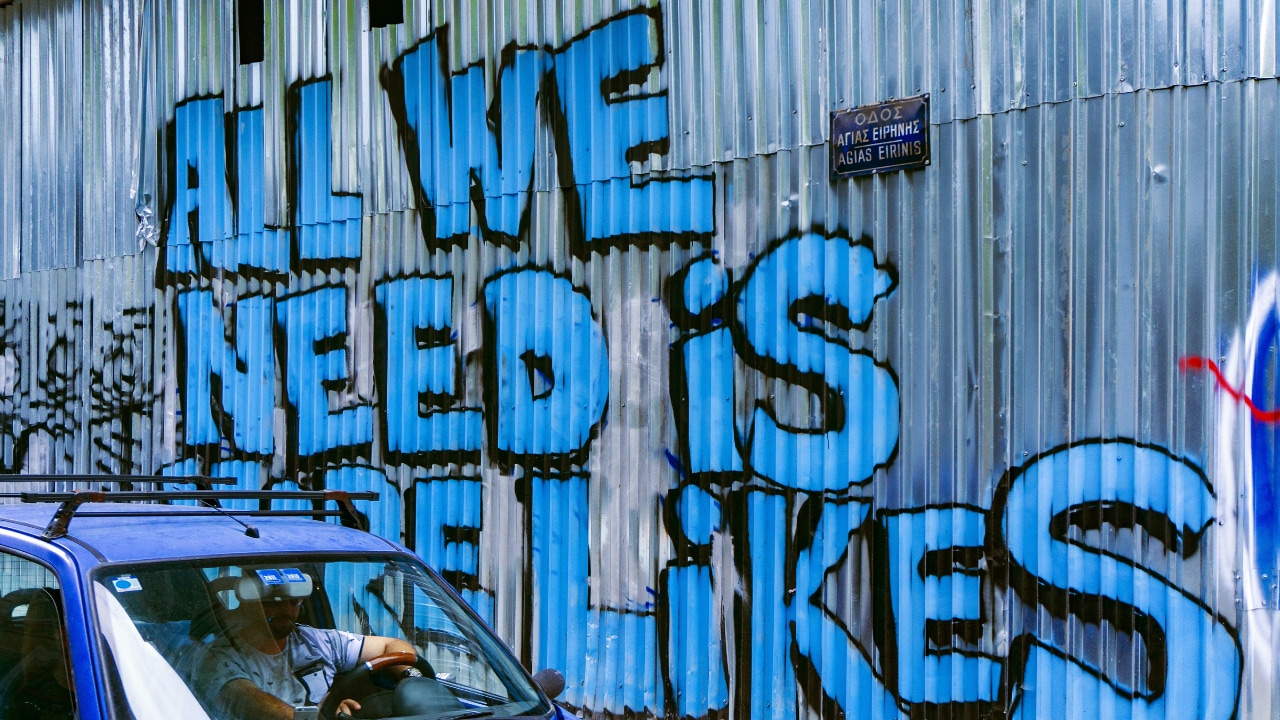On Monday, actor Anushka Sharma called out Puma India on social media over using her picture wearing the brand’s clothes to promote EOSS promotions. The 34-year old actor asked Puma to use her imagery only after onboarding her as a brand ambassador.
Her partner, Virat Kohli, who also happens to be Puma’s endorser, shared the post asking Puma to look into it. It seemed that there was a goof up by the brand’s team until the next day Puma on-boarded Sharma and revealed that the social media banter was staged.
Recently, Hindustan Unilever’s dishwashing detergent brand Vim did something similar in a new ad campaign. The spot features Milind Soman as the face of a “limited edition” product called Vim Black for men in an effort to drive men to take on home chores and responsibilities and even brag about it.
The ad, conceptualised by Lowe Lintas, was accompanied by a purchase link for the new ‘masculine’ Vim, in a black packaging. The link showed the product as sold out and this caused confusion among consumers.
Earlier this year, Harsha Bhogle faked a kidnapping in an Instagram Live video, and after it went haywire with people really getting worried about his safety, backtracked to an apology.
I am fine. Sorry to have got a lot of you worried. Thank you for the love and concern. It became more viral than I anticipated. That too is a learning. It was meant to lead to something else. Sorry. And cheers.
— Harsha Bhogle (@bhogleharsha) March 24, 2022
And more recently, Monster, the recruitment website got hundreds of employees to fake their resignations on LinkedIn as part of a rebranding exercise.
It seems like brands are increasingly latching on to the trend of first fooling users and then revealing their actual intent. Faking is a thing over the internet even when it comes to marketing and promotions. Some may term it as ‘shock advertising’ or simply an attempt to garner eyeballs in a highly distracted digital world.
Garnering attention at any cost
Harshil Karia, founder of digital marketing agency Schbang tells Storyboard18 that in a digital first world for brands that are digital first it’s important to use shock and awe to gain the interest of consumers.
“For a few categories it works well where core audiences get dry humour and the buying TG already has a predisposition to stand up specials and the like. Thus, I imagine, works well for a brand like Puma. For more mass categories where the audience’s definition of humour is more Kapil Sharma-esque (which is why he’s the highest rated show), the taste of humour is slightly different and hence it may not land in terms of effort put in and buck invested,” he explains.
On being quizzed on whether such stunts can push younger consumers or GenZ away as they can see through such gimmicks, Karia clarifies that the young users don’t mind it.
“..cringe content wins the internet if done right. But you don’t have to try too hard,” he adds.
Storyboard18 has reached out to Puma for comments on the campaign and stunt. The story will be updated with the company’s responses.
Losing credibility
Bengaluru-based communications strategy consultant Karthik Srinivasan gives us more context by tracing the latest Puma ‘stunt’ (featuring Virat and Anushka’s fake posts on Instagram) back to Shah Rukh Khan’s tweet promoting his film ‘Fan’ in 2015. He demonstrated anger in a tweet while referring to his home wall being defaced by a crazed fan while knowing it was part of the film’s promotional tactics.
“Before social media, such gimmicks where people are first shown something incredulous and then later told that it was just a marketing promotion were performed on mainstream media,” he points out.
For instance, cricketer Sreesanth and actor Priyanka Chopra were used by Lux that floated a fake audio file where the former professed his love for the latter. Ditto for Pond’s that made Malaika Arora and Arbaaz Khan announce that they are separating, only to reunite because of a Pond’s product.
“…but in those cases, the mainstream media ‘leaked’ the fake news and they published it, leading people to believe fake news. Now, with social media, the brands ask celebs to share the fake news on their social media timelines where their other posts co-exist, including those where they share their honest feelings, emotions, and thoughts. That makes this entire exercise dangerous – it’s one thing for celebs to promote a brand on their timelines, but entirely different to share something patently fake for the same of the promotion, losing their credibility,” he notes.
Imagine the next time Anushka Sharma expresses anger about someone throwing garbage from a car – would we wonder if it was sponsored by a car company, or a clean city campaign, or a new vacuum cleaner?
“Such gimmicks may work from the perspective of getting people’s attention, but they erode trust, both for the celeb and the brand that makes them do this for money,” Srinivasan concludes.
